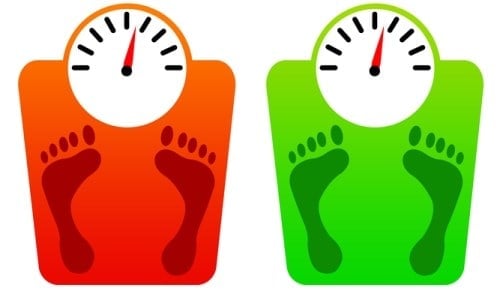How to Figure Out BMI for Kids
The Body Mass Index (BMI) is a useful tool developed to screen for obesity. It is a relative measurement tool comparing individuals to average measurements of a whole United States population. This chart has been used as a screening tool with adults for years.
Recently, the US Department of Health and Human Services released a new growth chart that includes a BMI index just for children. The adult BMI chart gives a general number. Children’s BMI charts are created with specific age and sex differences. It also accounts for changes in weight due to normal growth.
A child’s BMI is figured by using a formula. It is weight (pounds) divided by height squared (inches), and then multiplied by 703. This gives a number ranging from 10-37 and also in percentiles. An example would be a 60 lb girl at 51 inches tall. 60 divided by (51×51), multiplied by 703 equals 16.2. Here is an easy chart for understanding what the results mean.
Underweight – Less than the 5th percentile
Normal – Between the 5th and 85th percentile
At risk of being overweight – At or above the 85th percentile
Overweight – At or above the 95th percentile
Now that you have the basic information, what does it really mean? It’s important to remember that like all screening and diagnostic tools, the BMI chart is not perfect. There are a few exceptions that can provide an unexpected result. However, it is very useful for understanding the general risk a person has for obesity.
Take a look at these concerning facts related to the children’s BMI chart:
60% of children 2-20 with a BMI-for-age above the 95th percentile have one or more risk factors for cardiovascular disease
20% have two or more risk factors for cardiovascular disease
25% of children ages 6 to 17 are overweight or obese
If you learn that your child’s BMI is in a high percentile, talk to your doctor. Although this information can be very concerning, your child’s BMI may not tell the whole story. For example, a child with a large frame may be “growing into” their skeleton with lots of muscle. Muscle weighs more than fat, which could throw off the total calculation and create a higher BMI.
It is also common for kids to go throw rapid growth spurts where they quickly gain weight, especially during puberty. This can temporarily throw them ahead of the BMI curve. Having your child see a doctor is the best way to determine whether this is a part of your child’s normal development or a dangerous trend.
Keep in mind that the children’s BMI chart accounts for normal differences in weight for girls and boys across different ages. Girls typically have a higher percentage of fat than boys, which is a normal difference. Each month of age matters, so be sure you use precise measurements when trying to use the BMI information.
Obesity puts children and adults at risk for a wide range of health problems. Like many things, catching the risk for obesity early is the best way to interrupt a dangerous pattern. Use these BMI charts here for boys and girls from the CDC as a proactive tool in the battle against childhood obesity.
The image featured at the top of this post is ©desdemona72/Shutterstock.com.
